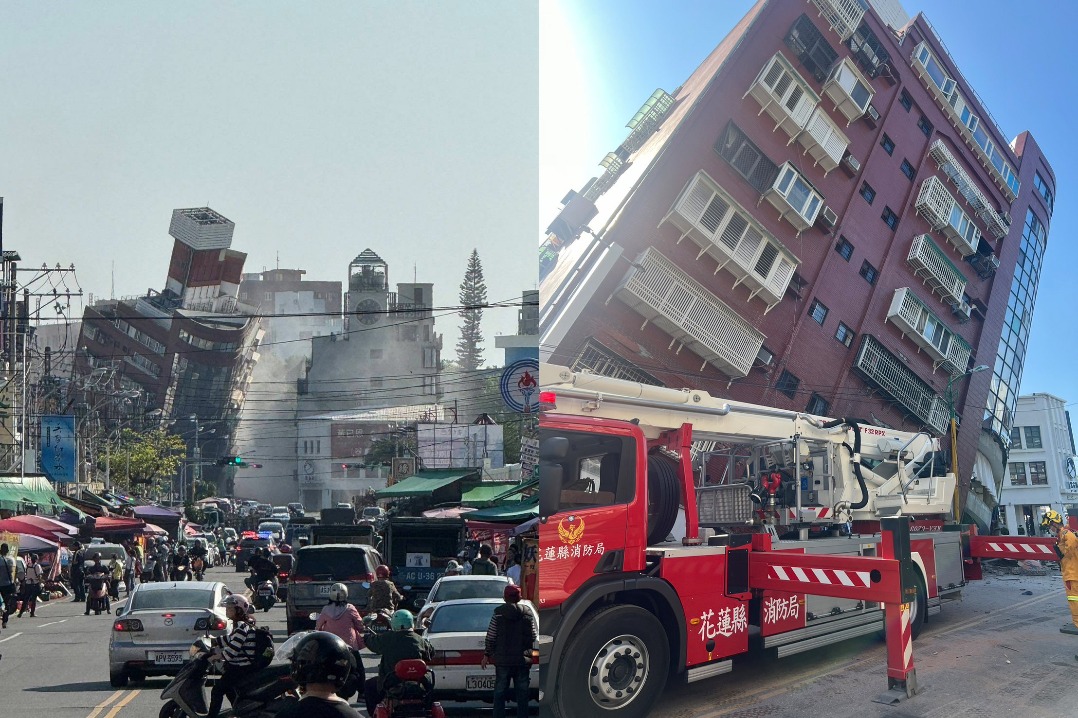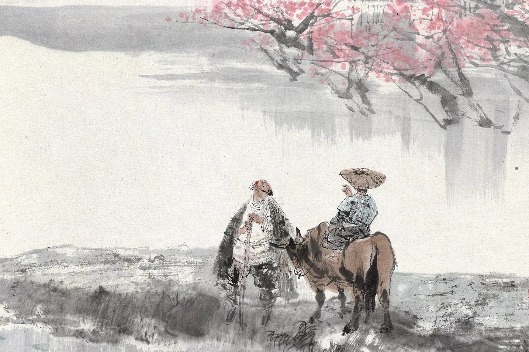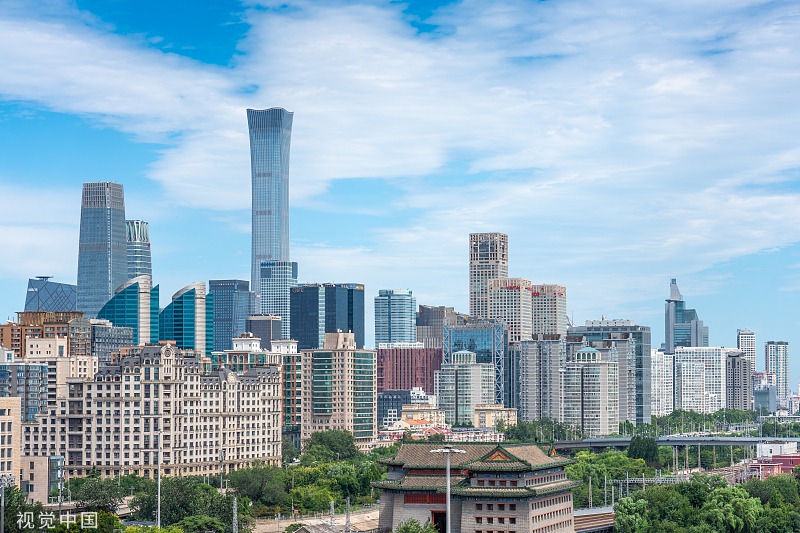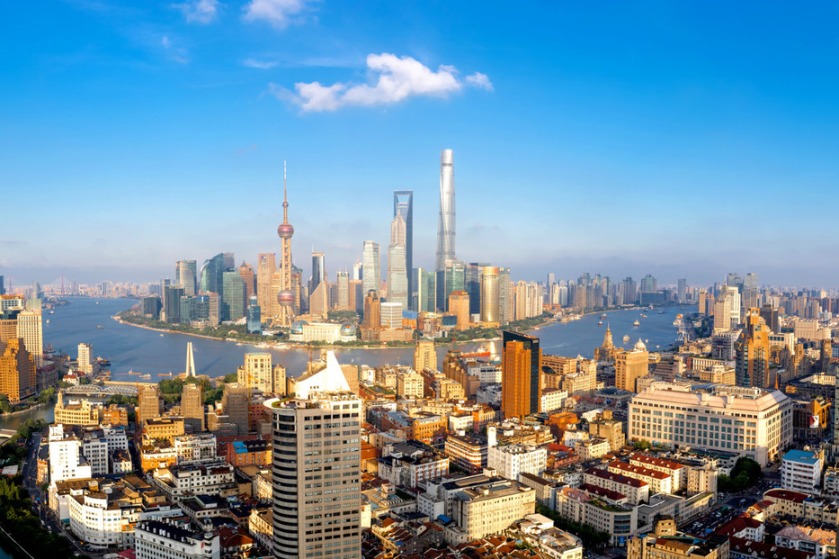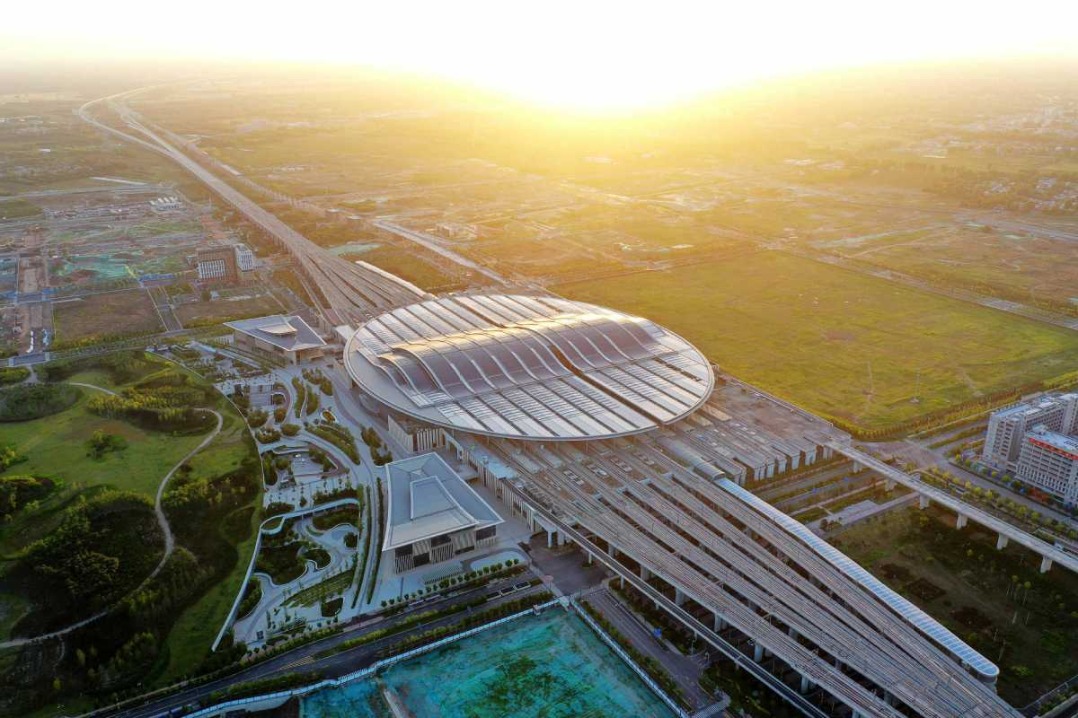China moving toward solving water shortage problem in north


Editor's note: A couple of decades is a short time in human history but diligent people, with the support of good governance, can create miracles in that short time. A veteran journalist with China Daily reviews the progress China has made in addressing the water shortage problem in the northern part of the country
Water shortage has been a problem in northern China for centuries. The rising population and industrialization since the establishment of the People's Republic of China further deteriorated the situation. So when China launched reform and opening-up in the late 1970s, it found that many cities could not even provide sufficient drinking water.
I still remember that when I visited Qingdao, Shandong province, in 1982 to cover a story, a university classmate came to see me in my hotel. After the usual greeting and initial conversation, the first thing he said was: "Can I take a shower in your washroom?" As a lecturer in a local university, the classmate's daily quota was of two buckets of water for drinking and washing. As a result, he had not taken a shower for weeks.
In Beijing and Tianjin, the supply of tap water stopped during certain periods in certain areas every day, making life very inconvenient for residents and deterring potential investors.
To deal with the water shortage problem, while calling on citizens to save every drop, reservoir water from neighboring provinces was diverted to cities. And when farmers who relied on the reservoirs for irrigation could no longer get sufficient supply, they dug wells to get water, causing the groundwater table to recede even further.
When the regional measures could not meet the increasing water demand, the central government launched the South-to-North Water Diversion Projects in 2002, diverting water from the Yangtze River via three routes-east, middle and west-to the north. After 10 years' efforts and having spent billions of dollars, water from the Yangtze flowed into major northern cities through the first two routes in 2013 and 2014 respectively.
Water from the south has greatly quenched the thirst of urban and rural residents in northern China. Beijing, for instance, received 7 billion cubic meters of water from the south between 2014 and 2020. Today, about 70 percent of the capital's drinking water comes from the new sources. Water from the south also enables Beijing to fill up its reservoirs and the dried riverbeds and phase out thousands of wells used for drawing water.
In April this year, Beijing authorities reported that the average groundwater table in the region had risen to 16.39 meters last year, compared with 25.75 meters in 2015. Similar improvements have also been reported from Tianjin, Qingdao and many other major cities in the north.
Despite the improvement, however, Beijing remains a city short on water. While according to the United Nations, anything less than 500 cubic meters of water per person per year signifies "absolute scarcity", Beijing residents get less than one-third of that, reminding us that the water shortage problem is far from being solved.
Dozens of sewage treatment plants are being built to recycle wastewater. About 94 percent of Beijing's wastewater is being recycled now to be used for watering trees, lawns, and to feed some scenic lakes and rivers, and Beijing plans to further raise its wastewater treatment capacity to 99 percent by 2035. Already, more than 30 percent of the city's water need is met by recycled water.
Also, sprinkler irrigation technology has been widely adopted in Beijing's suburbs, and farmers are being encouraged to grow water-saving crops. Beijing, Tianjin and many other northern cities are building themselves into sponge cities by introducing new technologies to prevent rain water from flowing into rivers and eventually draining into the sea.
Water-saving products, such as flush toilets and taps, too, are being promoted with many governments providing subsidies to the producers. The World Water Day on March 22 is solemnly observed in China, just like in many other countries. The difference is that China has turned the World Water Day into a week-long publicity campaign, reflecting the importance the country attaches to the problem.
When a three-year-old goes to a kindergarten, one of the first things he or she learns in class is how to "save water." Back home in the kitchen, when the kid turns off a running tap and reminds his/her parents the importance of saving water, they couldn't be more embarrassed and happy.
kangbing@chinadaily.com.cn
The author is former deputy editor-in-chief of China Daily.



















